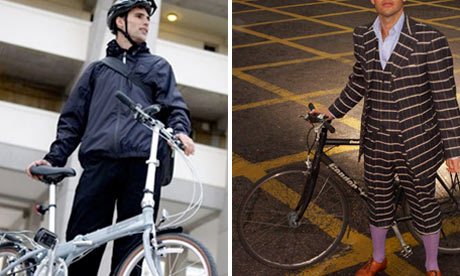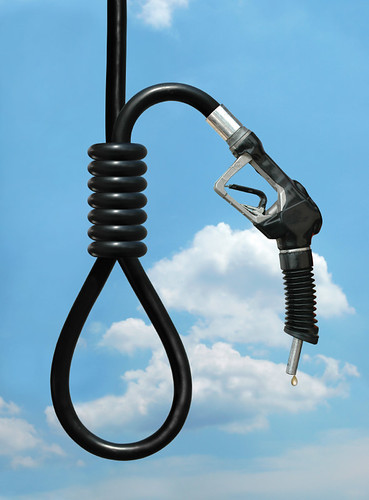GAO Report on Highway Trust Fund Discusses Options for Improving Sustainability and Mechanisms to Manage Solvency
(Source: GAO)
The Highway Account within the Highway Trust Fund (HTF) is the principal means for funding federal highway programs. Administered by the Federal Highway Administration (FHWA) within the Department of Transportation (DOT), it channels about $33 billion in highway user excise taxes annually to states for highway and related spending.
Estimated outlays from the Highway Account under the Safe, Accountable, Flexible, Efficient Transportation Equity Act—A Legacy for Users (SAFETEA-LU) exceeded estimated receipts throughout the authorization period—fiscal years 2005 through 2009. Furthermore, actual account receipts were lower than had been estimated and the account balance dropped more rapidly than anticipated, approaching zero in August, 2008. Congress subsequently approved legislation in September 2008 to appropriate $8 billion from the General Fund of the Treasury to replenish the account. Agency officials anticipate the account will reach a critical stage again before the end of fiscal year 2009, and estimate that about $15 billion will be needed to ensure account solvency through the end of fiscal year 2010.
This report summarizes GAO’s past work on:
- The collection and distribution process for the Highway Account of the HTF,
- Options for improving long-term sustainability of the HTF, and
- Mechanisms to help manage Highway Account solvency.
The collection and distribution of funds through the Highway Account is a complex process. Collection involves Treasury receiving excise taxes from business entities, estimating how much should be allocated to the Highway Account, and adjusting the estimated allocation several months later after actual tax receipts are certified. Distribution begins with a multi-year authorization act that provides contract authority and establishes annual funding levels.
DOT apportions the contract authority to the states and divides the funding level among federal highway programs and states. DOT then obligates funds for projects and reimburses states as projects are completed. Improving long-term sustainability is one of GAO’s key principles for restructuring existing transportation programs, and GAO has reported on options for improving sustainability:
- Improve the efficiency of current facilities,
- Alter existing sources of revenue,
- Ensure users are paying fully for benefits, and
- Supplement existing revenue sources, such as through enhanced private-sector participation.
Each of these options has different merits and challenges, and will likely involve trade-offs among different policy goals. Improving existing mechanisms intended to help maintain Highway Account solvency could help DOT better manage the account balance. For example, statutory mechanisms designed to make annual adjustments to the Highway Account have been so modified over time–particularly through changes in SAFETEA-LU–that they either are no longer relevant or are limited in effectiveness. Furthermore, monitoring indicators that could signal sudden changes in revenues could help DOT better anticipate changes in the account balance and communicate with stakeholders on the account’s status.
DOT is acting on recommendations GAO made in February, 2009 to help improve solvency mechanisms and communication with stakeholders.
Click here to download the entire report.










